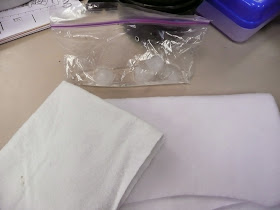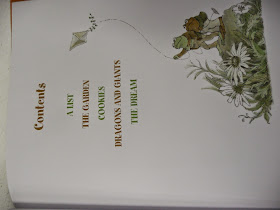A team from the Heart and Stroke Foundation visited us on Thursday to kick off a "Jump Rope For Heart" activity/fundraiser. You'll see the materials to explain how to be involved in your child's bee binder pouch (if you're interested!) The students in the school were very excited for this opportunity to try out some skills!
I usually do the skipping unit in March, just before Spring arrives, but it will be moved to February because of this little school initiative. These gals were demonstrators and were part of my class last year, so they knew most of the tricks being demonstrated.
Here's the school, just in awe of what different things can be done with a skipping rope!
This was one I had never seen before, called the corner, so three long skipping ropes were going at once with 3 gals turning and 6 students skipping! FUN!!
There was a contest to see if the teachers could skip more times than the students in 60 seconds. Guess who won?
Thursday, February 12th is our school's special Jump Off date, so packages are due then.
We're forever learning something new and on Thursday we practised trading ten ones for a ten and then ten tens for a hundred. This is in preparation for adding and subtracting large numbers.
These games always are so popular! The room is vibrating with excitement.
Report Cards were also sent home on Thursday. If you have any specific questions, I will gladly meet with you but please make arrangements ahead of time. Thanks!
Later this month we will be celebrating Valentine's Day, 100th Day, and we will have a special visitor to explain life in a different part of Canada as part of our Social Studies curriculum. That's on top of Family Day, Teacher's Convention and by what I hear, a return to the cold of winter. I will send home a little sheet explaining things sometimes next week. Keep your eyes open for it!










































